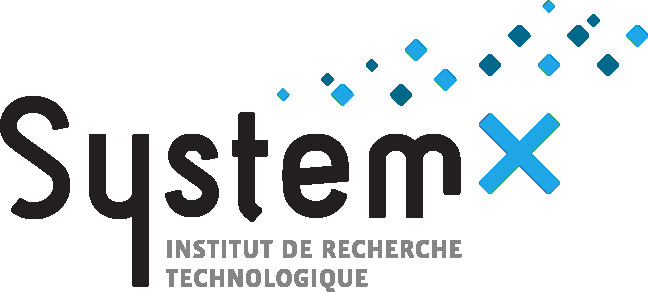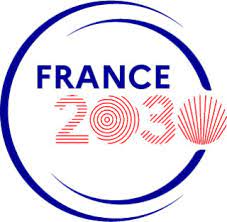Working with multiple Scenarios: Revising the Futures Cone
Résumé
Planning for uncertain futures is a difficult yet necessary challenge for planning practitioners. The COVID-19 pandemic continues to remind us about the global and detrimental impacts unexpected shocks can have. In the urban realm, these range from vacant offices and commerce, changing need profiles for the housing market due to tele-everything, as well as adapting needs for providers of urban mobility or the urban spaces in general.
When mining other areas of knowledge, the field of futures studies appears to provide valuable concepts for the uncertainty challenge, but so far with limited application in planning. Most long-term planning fields – such as spatial planning – are still dominated by relatively rigid and highly deterministic approaches. This stands in direct contradiction to our repeatably proven inability to accurately predict the future as well as the quest of governing the unknown or adaptive planning in the age of uncertainty–as set the focal point of the conference.
At the core of futures studies is a non-deterministic understanding of the future, as well as moving away from concepts such as an individual, predicted and most likely future. Instead, multiple, possible futures without any pre-existing bias shall allow to work with a broad range of possibilities and prepare for and anticipate them strategically. Integrating this in planning practice requires wider debate and application.
However, imagining, creating and working with multiple futures–also referred to as scenarios–in a context of traditionally one clearly defined (master-)plan is challenging, both methodically and mentally. For this purpose, abstract models have been created which can facilitate this process. The Futures Cone is one of the most established ones. Nevertheless, multiple versions thereof exist, each with respective inconsistencies and not representing some of the underlying principles accurately.
This paper sets out to contextualise multiple futures within the broader field, explore the current Futures Cone models and representations, and analyse their core characteristics. This culminates in a revised Futures Cone.
The resulting graphical representation shall: (1) Act as a more accurate depiction of scenario-based approaches, (2) strengthen the applicability and accurate understanding across fields, and (3) build the foundation for further discussions of core scenario characteristics, pertinent unclarities, and further potential expansions. The proposed modifications are not to be seen as definitive. Instead, they intend to summarise and expand on existing concerns while provoking further discussion.
To achieve the above, the paper is structured in five parts: (1) Introduction, describing the broader motivation and approach; (2) Background, introducing the broader futures studies field and contextualising scenarios within; (3) Current Futures cone, and its limitations; (4) The adapted Futures Cone, its adaptations as well as prevailing limitations; and (5) Discussion, conclusion, and directions for further works.

